HOME > Basketball
Tristan Thompson s five best NBA seasons
9:18am, 3 June 2025【Basketball】
As a scarce blue-collar insider representative in the small ball era and the core hero of the first championship in the history of the Cleveland Cavaliers, Tristan Thompson has created the ultimate template for the "champion puzzle" with his perpetual motion-like rebounding battle, tough penalty area defense and second attack at critical moments.
From the iron-blooded front-board monster during the Big Three of the Cavaliers to the veteran guardian after a brief drift, "TT" always interprets the value of a tough guy in the inside with tireless positioning, blocking and tipping. No matter how the team's status changes, he can always provide stable output on the rebound and prove himself to be the pillar of the penalty area that any championship team desires.
In this article, the author will focus on Thompson's simple and critical career, select and review his five most powerful NBA seasons, so that you can relive the peak contributions of this rebounding maniac and King James.
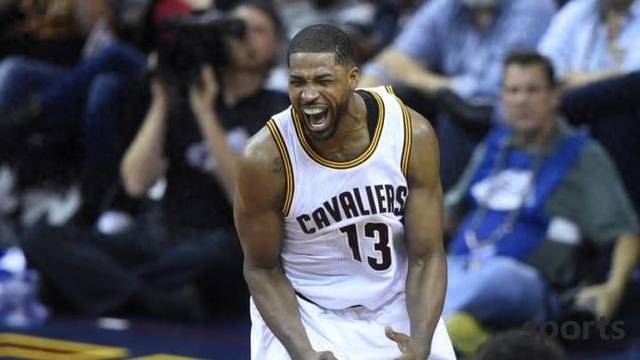
1. 2015-16 season (Cleveland Cavaliers)
Data: 7.8 points, 9.0 rebounds (3.3 front boards) 0.8 blocks, shooting percentage 54.8% (regular season); 6.7 points, 9.0 rebounds (3.3 front boards), shooting percentage 52.4% (playoffs)
Honors: NBA championship
Key battles: G7 scored 9 points and 3 rebounds (including key front board tips in the decisive moment); G6 vs. Warriors 6 points and 15 rebounds (5 front boards); G6 vs. Raptors 9 points and 10 rebounds (4 front boards)
Analysis: The cornerstone of the penalty area of the championship road and the front board machine. Thompson's rebounding value reached its peak in the playoffs, especially in the Finals. Facing the Warriors' "Death Five Little Little", he averaged 3.3 frontcourt rebounds per game with his tireless positioning and bullet speed, and repeatedly scored a second offensive opportunity in key rounds. The finals G7 scored a key tip-in in the last 1 minute and 50 seconds, and its rebounding battle became the invisible engine for the Cavaliers to reverse the championship, perfectly interpreting the significance of the blue-collar inside line.
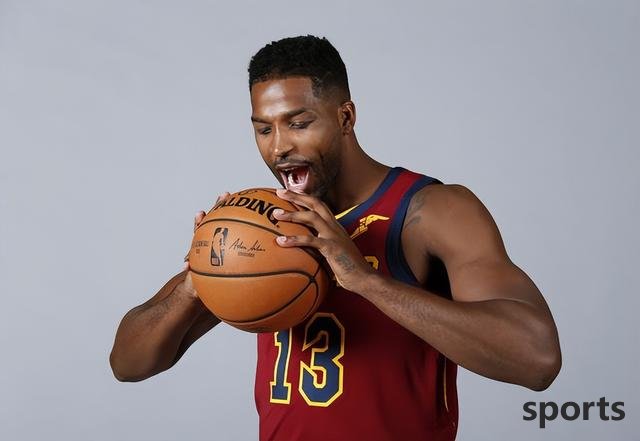
2. 2017-18 season (Cleveland Cavaliers)
Data: 5.8 points and 6.6 rebounds (2.2 front board), shooting percentage 56.2% (regular season); 6.2 points and 5.9 rebounds (2.0 front board), shooting percentage 59.4% (playoffs)
Honors: NBA Finals
Key battles: G1 vs. Raptors 14 rebounds (6 front boards); G7 vs. Celtics 10 points and 9 rebounds (4 front boards); G2 vs. Warriors 8 points and 7 rebounds
Analysis: Continuation of playoff rebound dominance. In the season when Irving left the team and the lineup was turbulent, Thompson, as the Cavaliers' only reliable inside, took on the heavy responsibility of the penalty area. In the playoffs, his frontcourt rebounding rate was as high as 23.6% (first in the league), and he won four key frontboards in the tiebreak of the Eastern Conference Finals, becoming the most stable defense and rebounding guarantee around James. Its ability to fight defense switching and secondary offensive threats lay the foundation for the Cavaliers to return to the finals.
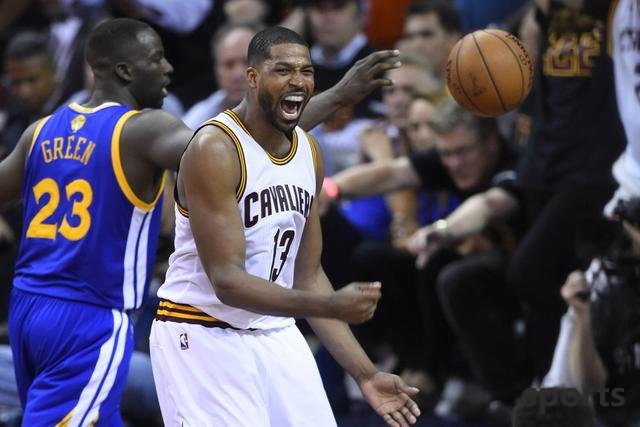
3. 2016-17 season (Cleveland Cavaliers)
Data: 8.1 points, 9.2 rebounds (3.7 front boards), 60.0% shooting percentage (regular season); 8.2 points, 8.3 rebounds (3.4 front boards), 58.8% shooting percentage (playoffs)
Honors: NBA Finals
Key matches: G3 vs. Warriors 14 points, 13 rebounds (7 front boards); G4 vs. Warriors 5 points, 10 rebounds (5 front boards); 19 rebounds in a single game against the Pacers (12 front boards)
Analysis: The peak season of career rebound data. Thompson scored his career-high rebounds per game (9.2) and frontcourt rebounding percentage (16.4%, second in the league). He transformed into a "front plate magnet", and his performance of 12 front plates in a single game set a new team record. The playoffs continued to be efficient. In the finals, G3 faced the Warriors' five-small maniac and won 7 frontcourt rebounds, and his presence in the penalty area became the key bargaining chip for the Cavaliers to compete with the Warriors' speed.
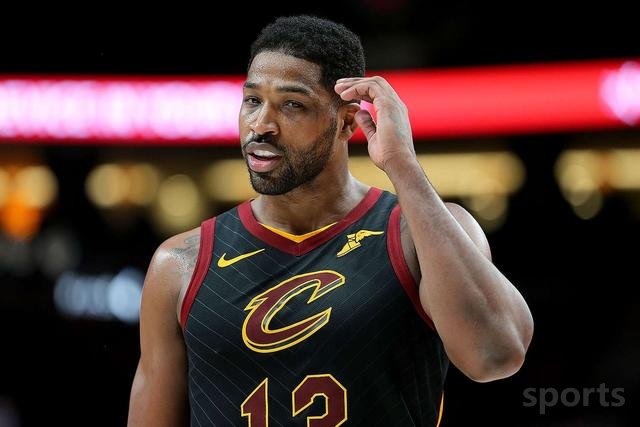
4. 2019-20 season (Cleveland Cavaliers)
Data: 12.0 points, 10.1 rebounds (3.0 front boards) 2.1 assists, shooting percentage 51.2% (regular season)
Honors: Player of the Week
Key matches: 35 points and 14 rebounds (career score high); 22 points and 13 rebounds against the Nuggets; 17 points and 11 rebounds against the Bulls
Analysis: A brief bloom of transformation and ball-holding offense. During the Cavaliers' reconstruction period, Thompson gained more offensive authority and played his only career-time average of double-double season (12+10). He developed low-level singles and mid-range jump shots, scoring 35 points in a single game to set a scoring record, showing an underrated ending diversity. Despite the team's sluggish record, its rebounding (No. 6 in the league in rebounding) and short-term ball-holding ability proves its technological evolutionary potential.
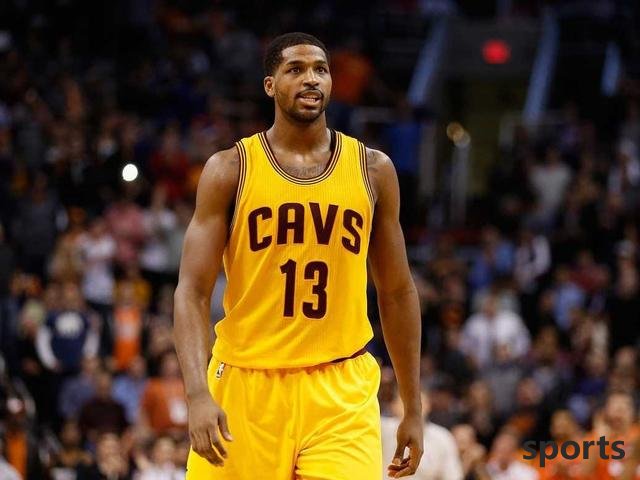
5. 2014-15 season (Cleveland Cavaliers)
Data: 8.5 points and 8.0 rebounds (3.1 front board), hit 54.7% (regular season); 9.6 points and 10.8 rebounds (4.0 front board), hit 55.8% (playoff)
Honors: NBA Finals
Key battles: 14 rebounds in the Warriors (7 front board); G2 vs. Hawks 10 rebounds (5 front board); 24 points and 12 rebounds
Analysis: The first appearance of the playoff rebound monster. Thompson shines in the playoffs for the first time, averaging 10.8 rebounds (including 4.0 front boards) and becomes the Cavaliers' inside pillar. The Warriors' penalty area was raging with seven frontcourt rebounds in the finals, and their ability to switch to Curry was also impressive. This season laid the foundation for its "more playoffs" player qualities and laid the groundwork for winning the championship the following year.
Related Posts
- As expected! Reporters posted netizen prediction votes: 60% successfully predicted that James would not announce his retirement.
- A star who may retire in the NBA in the past five years. Time always says goodbye
- +1! The fourth player this summer goes abroad and joins the overseas league and is expected to become the next Yang Hansen
- Adebayo s girlfriend is too strong: He won 6 consecutive victories with 30+16, breaking the record and becoming the first person in WNBA history
- The Chinese men s basketball team will see a blowout talent in the next Olympics, and Yao Ming s dividends will gradually be reflected!
- NBA Rockets News: Renewal with Tate
- Wiggins takes a family on vacation and earns 250 million yuan. The Lakers want to trade him, and his wife has a good figure
- Heroes cherish each other! Pierce praised Kobe as the second Jordan, saying that defending him is very stressful
- NBA Playoffs: Unexpected 3-1, Kaiyong is in trouble, Nuggets Thunder King Mountain
- Chasing dreams and mocking Dillon was criticized by American netizens! James was caught in a gunfire!
Hot Posts
- As expected! Reporters posted netizen prediction votes: 60% successfully predicted that James would not announce his retirement.
- A star who may retire in the NBA in the past five years. Time always says goodbye
- +1! The fourth player this summer goes abroad and joins the overseas league and is expected to become the next Yang Hansen
- Adebayo s girlfriend is too strong: He won 6 consecutive victories with 30+16, breaking the record and becoming the first person in WNBA history
Recommend
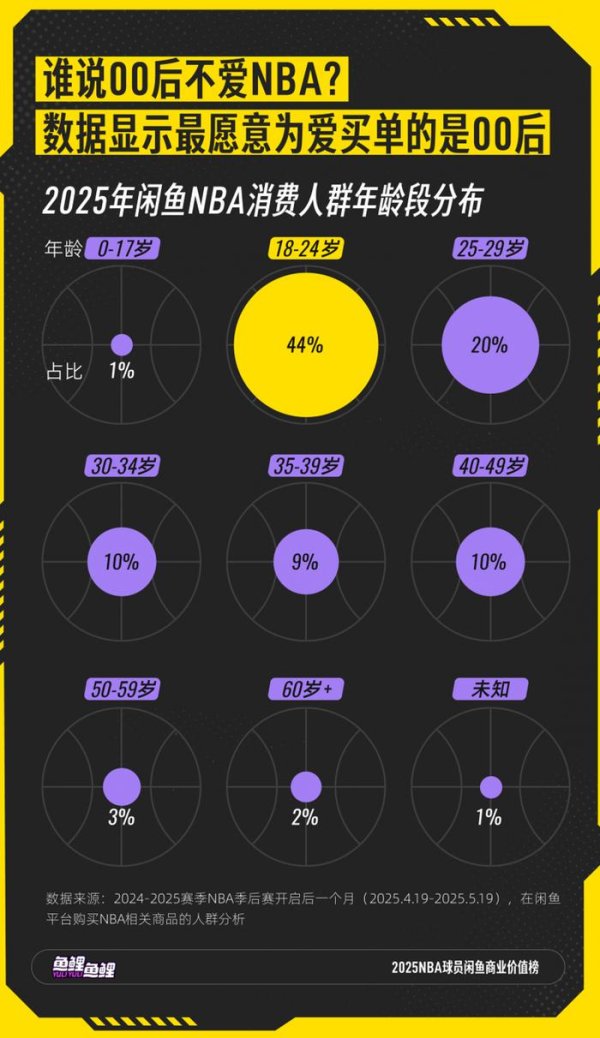
Post-00s become the main consumer force in the NBA, and the commercial value of veteran stars continues to release the top three of the list丨Cover count

Zhou Qi, who ranked 43rd in 2016, and Harten, who ranked 43rd in 2017, will be no difference without comparison.

US media predicts the lineup of the Dream Team in 28 years! Tatum and three others strive for three consecutive championships, Huazi Harry and Dark Brows are on the list
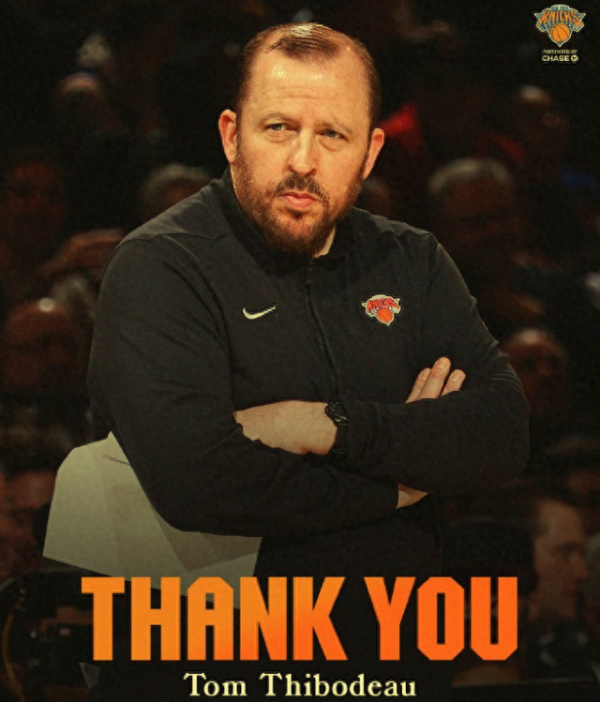
Thibodeau is furious to the best coach s curse! Coleredick escapes, Tyron Lu s words come true

From a brilliant new star to everyone s beating, why does the Thunder team s reputation reversal in two levels?

Warriors 116-126 Lakers welcome 2 joys and 2 worries! Bojie + TJD works too well, Kuminga + Spencer cause headaches

ESPN talks about 6 X factors that affect the second round of trends: Carlisle s experience & Butler s away performance
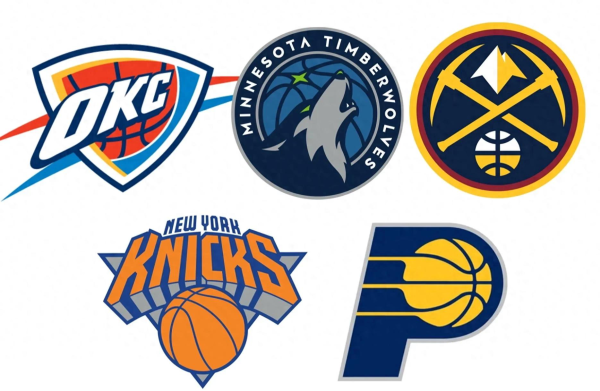
Only one night, 3 news came from the NBA. The 4-time All-Star meniscus tear, 1 team rebuilds, and 1 Rockets are not sold.